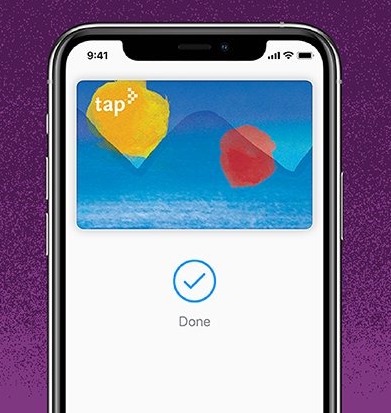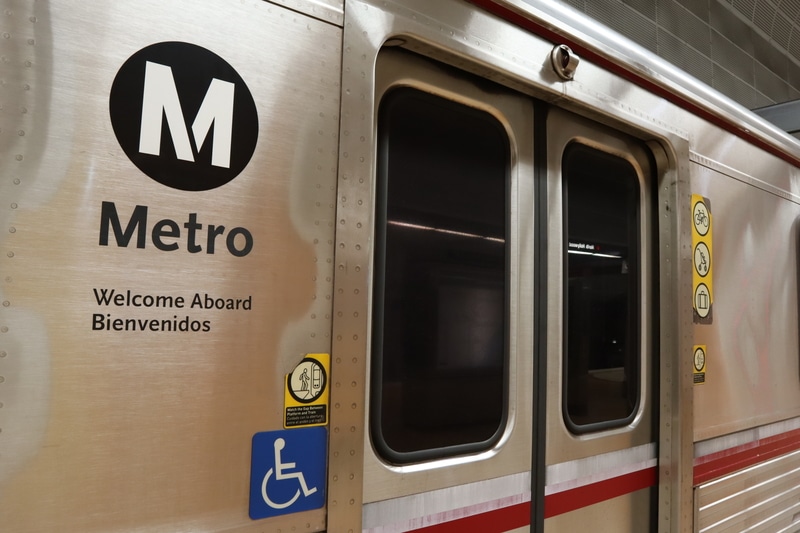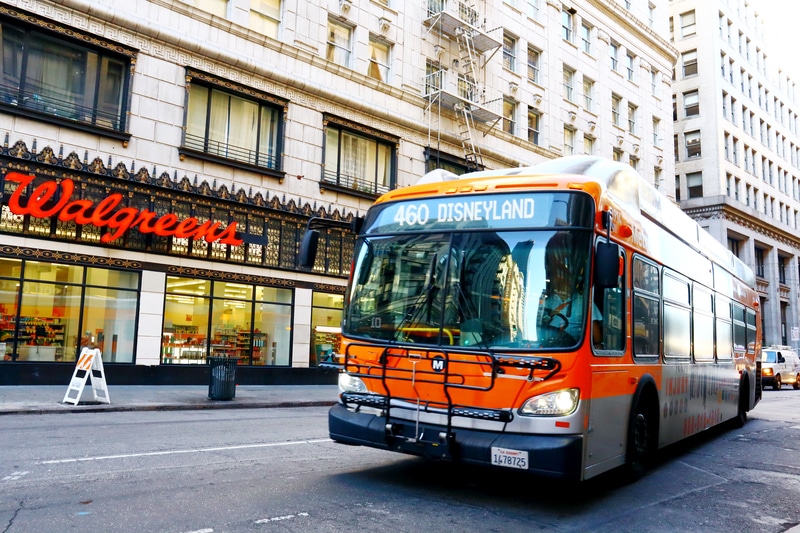
Article Highlights
The Los Angeles County Metropolitan Transportation Authority, or Metro, is introducing its TAP closed-loop fare card for both Apple Pay and Google Pay. Metro, the third largest transit authority in the U.S. last year in terms of ridership, most of it on buses, still has no plans to support payments of fares with contactless EMV.
Cubic announced contracts in 2018 and 2019 with Metro to deliver an integrated mobile app supporting the TAP fare system. That includes linking with a hybrid account-based ticketing system, called TAPforce, which Metro has been building with cloud-computing company Salesforce.
• Apple
• Google
• (LA) Metro
• MTC
• Cubic Transportations System
The Los Angeles County Metropolitan Transportation Authority, or Metro, plans to introduce an Android version of its TAP closed-loop fare card, with a virtual TAP card for the Google Pay wallet, a Metro spokesman confirmed.




















